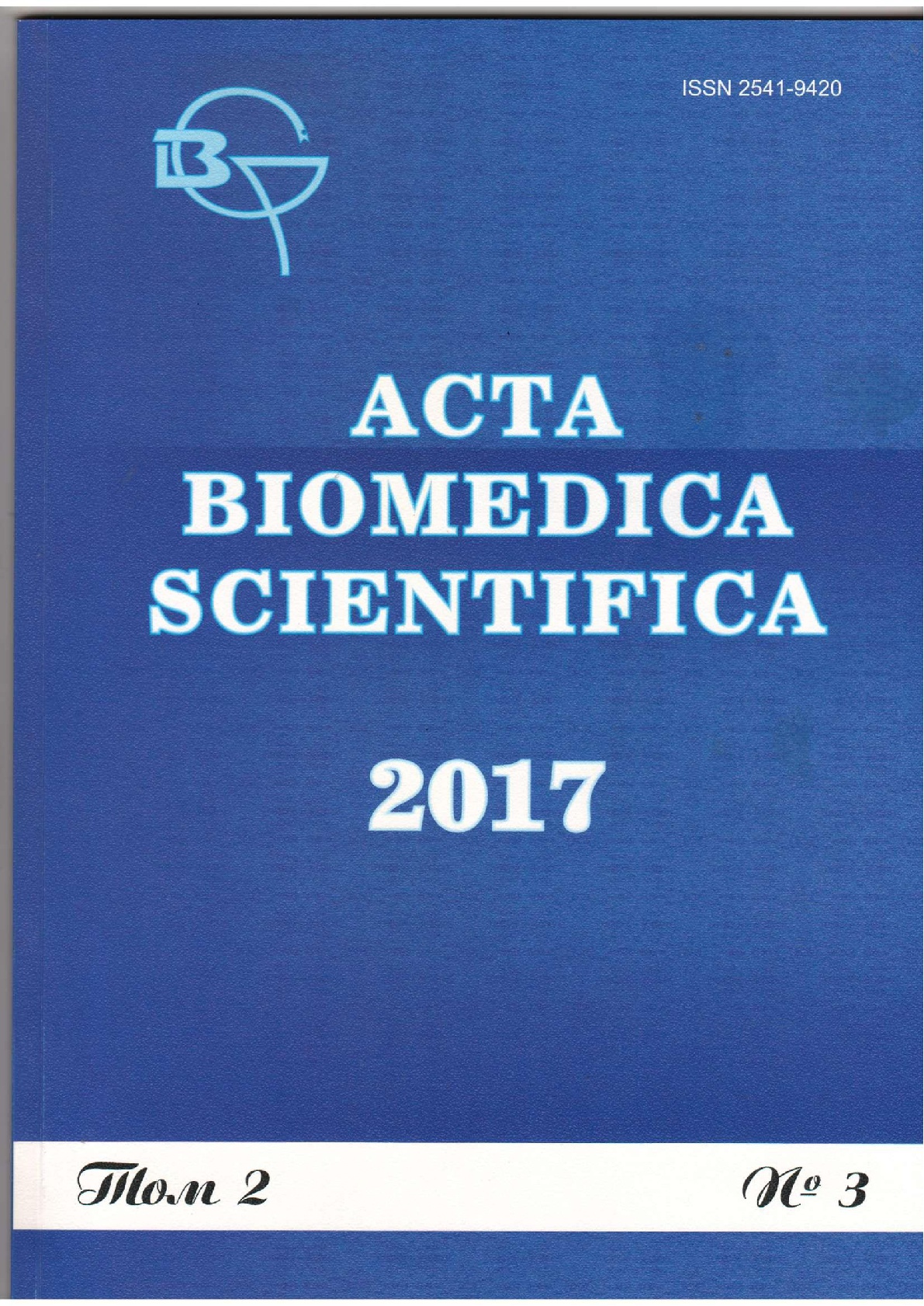The aim of this study was to assess 5-years catamnesis of children from mothers who had A(H1N1)pdm09 influenza during pregnancy. The design of the research: cohort cross-sectional retrospective “case – control” study. The study group included 227 children of mothers who had A(H1N1)pdm09 influenza during pregnancy, and the control group was consisted of 227 children whose mothers didn’t have A(H1N1)pdm09 influenza in epidemic period during pregnancy. It was shown that 11,9 % of children born to mothers with influenza infection during pregnancy vs 1,8 % of children of the control group to 5-year age formed a cohort of patients with recurrent respiratory tract infections (p < 0,001). Acute respiratory infections were complicated by pneumonia in 15,4 % of study group children vs 8,8 % of children in the comparison group (p = 0,044). We founded a significant association between maternity A(H1N1)pdm09 influenza during 1st and 2nd trimesters of gestation and increased frequency of asthma in their children.
children, catamnesis, A(H1N1)pdm2009 influenza, pregnancy
1. Albitsky VY, Baranov AA (1986). RRI children. Clinical and social aspects. Ways of health improvement [Chasto boleyushchie deti. Kliniko-sotsial’nye aspekty. Puti ozdorovleniya], 181.
2. Zaplatnikov AL (2010). RRI children: modern opportunities of immunoprophylaxis and immunotherapy of acute respiratory infections [Chasto boleyushchie deti: sovremennye vozmozhnosti immunoprofilaktiki i immunoterapii ostrykh respiratornykh infektsiy]. Voprosy prakticheskoy pediatrii, 5 (1), 76-80.
3. Pokrovskiy VI, Gordienko SP, Litvinov VI (eds.) (1994). Immunology of infectious process (manual for physicians) [Immunologiya infektsionnogo protsessa (rukovodstvo dlya vrachey)], 305.
4. Govorin AV (ed.) (2015). Clinical and pathogenetic characteristics of H1N1/09 influenza [Klinicheskie i patogeneticheskie zakonomernosti grippa H1N1/09], 303.
5. Korovinа NA, Zaplatnikov AL, Cheburkin AV, Zakharova IN (2001). Children with RRI and long-term illnesses:current capabilities immunoreabilitation (manual for physicians) [Chasto i dlitel’no boleyushchie deti: sovremennye vozmozhnosti immunoreabilitatsii (rukovodstvo dlya vrachey)], 68.
6. Lang ТА, Sesik M (2011). How to describe statistics in medicine. Annotated guidelines for authors, editors and reviewers [Kak opisyvat’ statistiku v meditsine. Annotirovannoe rukovodstvo dlya avtorov, redaktorov i retsenzentov], 480.
7. Tarbaeva DA, Belokrinitskaya TE, Anokhova LI, Trubitsyna AY (2014). Morphological examination of the placenta in prognostication of the course of postnatal period at A(H1N1)pdm09 influenza [Morfologicheskoe issledovanie platsenty v prognozirovanii techeniya postnatal’nogo perioda pri grippe A(H1N1)pdm09]. ENI Zabaykal’skiy meditsinskiy vestnik, (3), 69-73.
8. Tarbaeva DA, Belokrinitskaya TE, Trubitsyna AY, Koshmeleva EA (2013). Characteristics of reproductive outcomes in the focus of pandemic influenza AH1N1 (2009) [Kharakteristika reproduktivnykh iskhodov v ochage pandemii grippa AH1N1 (2009)]. Vestnik NGU, 11 (1), 131-135.
9. Yartsev MN, Yakovlev KP (2005). Immune deficiency, RRI children and immunocorrection [Immunnaya nedostatochnost’, chasto boleyushchie deti i immunokorrektsiya]. Voprosy sovremennoy pediatrii, 4 (6), 33-38.
10. Al Hajjar S, McIntosh K (2010). The first influenza pandemic of the 21st century. Ann. Saudi. Med., 30 (1), 1-10.
11. Garten RJ (2009). Antigenic and genetic characteristics of swine-origin 2009 AH1N1 influenza viruses circulated in humans. Science Express Index, (10), 11-26.





